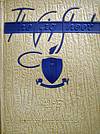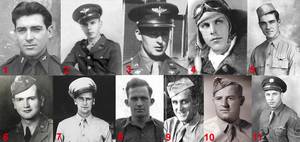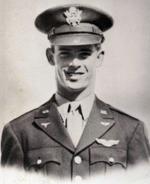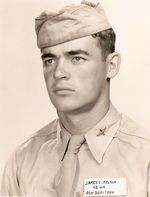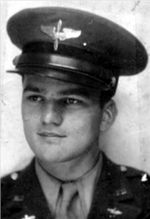 I added a new feature I call Collections to the site. These are groups of various and different items that are related in some way. For instance, a Collection can contain all the items contributed from one veteran’s collection. So even though items have different subject matter or come from different air fields, they are still grouped together as a collection.
I added a new feature I call Collections to the site. These are groups of various and different items that are related in some way. For instance, a Collection can contain all the items contributed from one veteran’s collection. So even though items have different subject matter or come from different air fields, they are still grouped together as a collection.
While you view the list of items, you’ll see a View Collection indication on some items. This means an item is part of a collection. Click it to view a list of all items in the collection.
You can also browse the collections available. Choose Browse the Collection in the Choose an Action drop-down box. Then choose Collections in the Browse drop-down box. You’ll then be able to select one of the available collections. More collections will be added.
Or, choose Summarize under Choose an Action, then Collections to see more information about each collection.
The Collections feature within the AAF Collection is yet another way to view relationships between items. It may lead you to some interesting discoveries.
 I encourage you to visit the Carlsbad Army Air Field community page on Facebook. It has a great collection of photographs and artifacts.
I encourage you to visit the Carlsbad Army Air Field community page on Facebook. It has a great collection of photographs and artifacts.